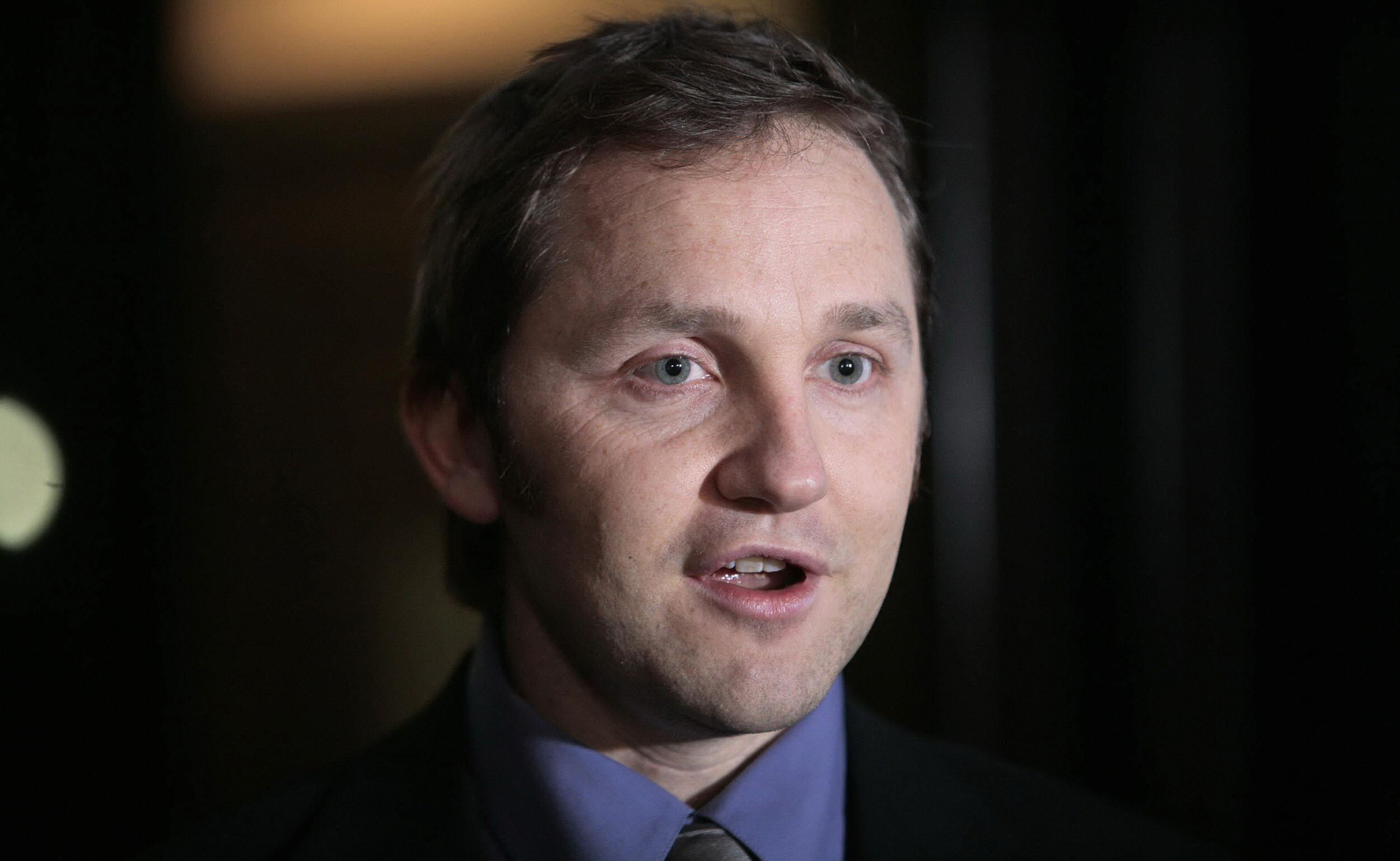 Perhaps the two most dangerous words for any Labour politician to say right now are “green shoots”. Spend long enough in the economic desert and you can hallucinate, and many of the blips right now – an upturn in some property prices, a slight recovery in sterling – could be taken by anxious politicians as proof that the worst is over. But amidst these are genuine good signs. The banking system finally seems to have been stabilised (at cost, yet uncalculated, to the public purse). The fall of the pound has helped stem the fall in exports: Britain has fared better than may other European countries (the joys of a floating currency). And at a briefing with James Purnell today, I was told about another glimmer of hope: that unemployment is not yet feeding into a rise in economic inactivity.
Perhaps the two most dangerous words for any Labour politician to say right now are “green shoots”. Spend long enough in the economic desert and you can hallucinate, and many of the blips right now – an upturn in some property prices, a slight recovery in sterling – could be taken by anxious politicians as proof that the worst is over. But amidst these are genuine good signs. The banking system finally seems to have been stabilised (at cost, yet uncalculated, to the public purse). The fall of the pound has helped stem the fall in exports: Britain has fared better than may other European countries (the joys of a floating currency). And at a briefing with James Purnell today, I was told about another glimmer of hope: that unemployment is not yet feeding into a rise in economic inactivity.
It wasn’t billed as ‘green shoots’, but a hope that the effect of this recession on medium-term joblessness won’t be as pernicious. Now, my take is simple: the data is still in its infancy. There’s not much we can read into it one way or another. But Purnell makes a valid point, and – as there were only a few of us journalists at the presentation today – I thought I’d share it with CoffeeHousers.
First, previous recessions have seen a permanent upswing in incapacity benefit claimants. People drop out, start to claim IB and become economically inactive – ie, neither in work nor seeking it. This was the biggest problem in the Tory days. IB was seen as a one-off measure for men in their 50s leaving manufacturing jobs that were not coming back. But instead this helped perpetuate poverty, and young people learned how to claim IB. In this way, and in hundreds of thousands of cases, IB made poverty permanent. It also made the recession into a one-way ratchet. So the IB cycle is very different to that for Jobseekers Allowance – as shown by this slide they had for us:

And “Lone Parent” means those not seeking work and claiming out-of-work benefits. So if JSA is not a good metric to use, what is? An alternative is the Eurostat-mandated quarterly Labour Force Survey which records people who are “economically inactive” – ie, not in work or not looking for it. It has risen in the past two recessions, as seen below:

But not this time. Well, not so far anyway. The LFS trend to the end of last year (left hand scale) shows stagnation – and, in fact, a wee drop at the end:

So, what’s going on? Purnell raised one theory: that tax credits now mean part-time work is more rewarding. So women could be going out and getting part-time work to support the family if the man loses his job (and I’m not being sexist – these were the gender descriptions Purnell used, and they are borne out by a surprising divergence in inactivity between men and women). While he would show up as a net addition to JSA, she would’t drop off any register. Another explanation is that the survey-based LFS isnt sensitive enough. Or it could be that we just need to wait. Famously, unemployment lags the economic cycle by six to nine months – so this graph may be about to spike up, just like the last one did.
CoffeeHouse has been quick to seize on all the negative data in the recession. In the same way, in coming months, we’ll try to flag up any optimistic data – on the caveat that it may well be a mirage, or the upside in what may turn out to be a double-dip recession.








Comments